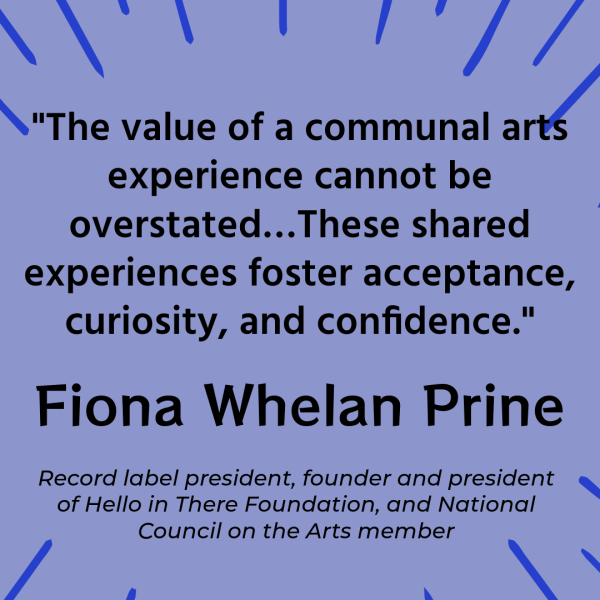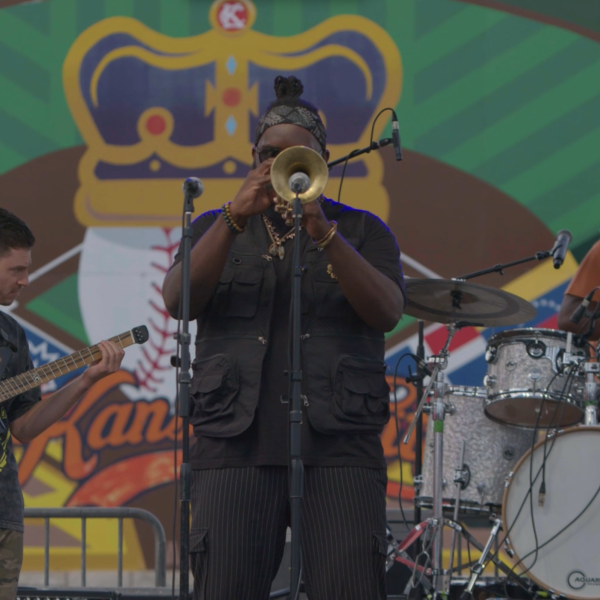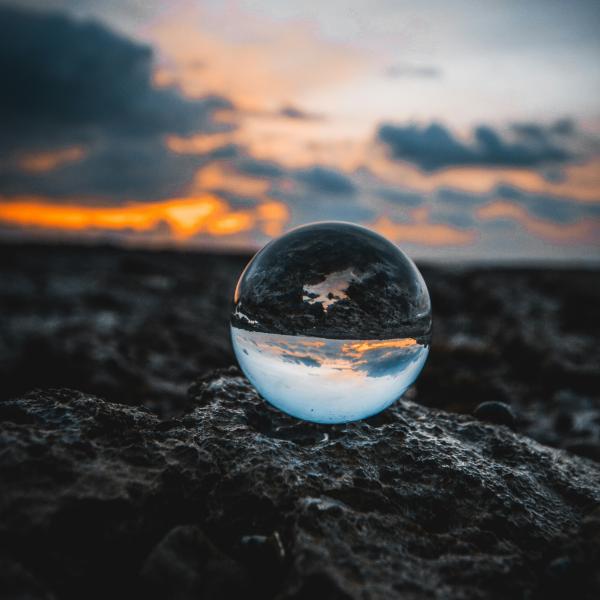Unmasking the Trauma: A Look at Research on Mask Making as a Creative Arts Therapy
The masks pictured above have become one of the enduring images of how service members are working with creative arts therapists to heal the unseen wounds of war. To see the masks is to “see” the very real impact of post traumatic stress disorder (PTSD) and traumatic brain injury (TBI) and understand how it impacts the service members’ personal lives, relationships, and perceptions of their role in the world. PTSD is not, however, unique to service members. The masks connect us as human beings by revealing the effects of trauma. For example, a mask with a lock on its mouth is not just about the challenges of talking in the military, but also about the universal challenges of sharing traumatic experiences. Another mask with a vice on its head is not just about TBI, but about debilitating pain and frustration faced by anyone with a TBI, while one featuring a question mark, saying “why me?” is a testament to all of us grappling with the uncertainty of the future. Masks commemorating fallen comrades and masks seeking strength in community are reminders of the resilience drawn from relationships and communities of support: especially relevant to the military and, at times, in contradiction with the individualistic ideals of the Western world.
Why do the masks evoke such emotion and interest in the viewer? Could it be that we are drawn to these masks because they are reminiscent of faces and there is well-established research indicating that our brains are wired to respond to faces? Masks have historically been used in community religious ceremonies as well as in war-time rituals to take on new and needed personas. In his 2004 book Actual Minds, Possible Worlds, Jerome Bruner asserted that in the seemingly unique experiences of an individual lie universal aspects of the human experience. Perhaps that is what we see when we view the imagery: our selves manifesting in different and unseen worlds. The masks are so powerful as independent pieces of art because they capture not just war-time experiences but the creativity, resilience, and shared experiences of humanity. The art therapy sessions with experienced clinicians help service members externalize inexpressible aspects of themselves: personal stories and narratives that chart a way to connect and communicate with their clinicians, families, and comrades.
Working with a research team comprising staff from the National Intrepid Center of Excellence at the Walter Reed National Military Medical Center and Drexel University students and faculty, and with support from Creative Forces: NEA Military Healing Arts Network, we set out to take a closer look at the masks. The actual research activities included analysis of the visual elements and meanings associated with the masks made by service members. We spent more than six months first collating all the images and therapists’ clinical notes and then uploading them to a database for analysis. The masks were often so graphic and expressive of the invisible wounds of war, that our research team was deeply moved and impacted by reading the clinical notes and how they revealed the visual imagery represented in the masks.
Our research revealed that the themes seen in the masks represented the spectrum of human experience. The many different ways in which service members represented themselves actually followed a framework. The framework was that the masks represented the many different ways we interact with the world: as individuals (depicting our subjective feelings and physical being), as partners and friends in relationships, as community members, and our role in society and our self as a life story that evolves over time. In each of these aspects the masks might represent the struggles of injury and loss or the source of resilience and strength.
In previous research, we have found that art therapy helps patients externalize and share experiences that they might be unable to express in any other way leading to unimagined new pathways of recovery. In this new analysis, I felt like I came to know many of the service members through their mask artworks even though I had never met them in person. Each one was a moment in time but encapsulated a story and a warrior’s journey. That is the unique contribution of art therapy: that participants get to express and communicate their life stories in new dimensions and non-verbal ways. And that ability to say the unsayable is a powerful force for healing.
Girija Kaimal, EdD, MA is an assistant professor in the PhD program in Creative Arts Therapies and an Assessment Fellow at Drexel University. She is also the chair of the Research Committee of the American Art Therapy Association.
You can read the most recent open access publication from this research project here.
Learn more about Creative Forces: NEA Military Healing Arts Network here.




